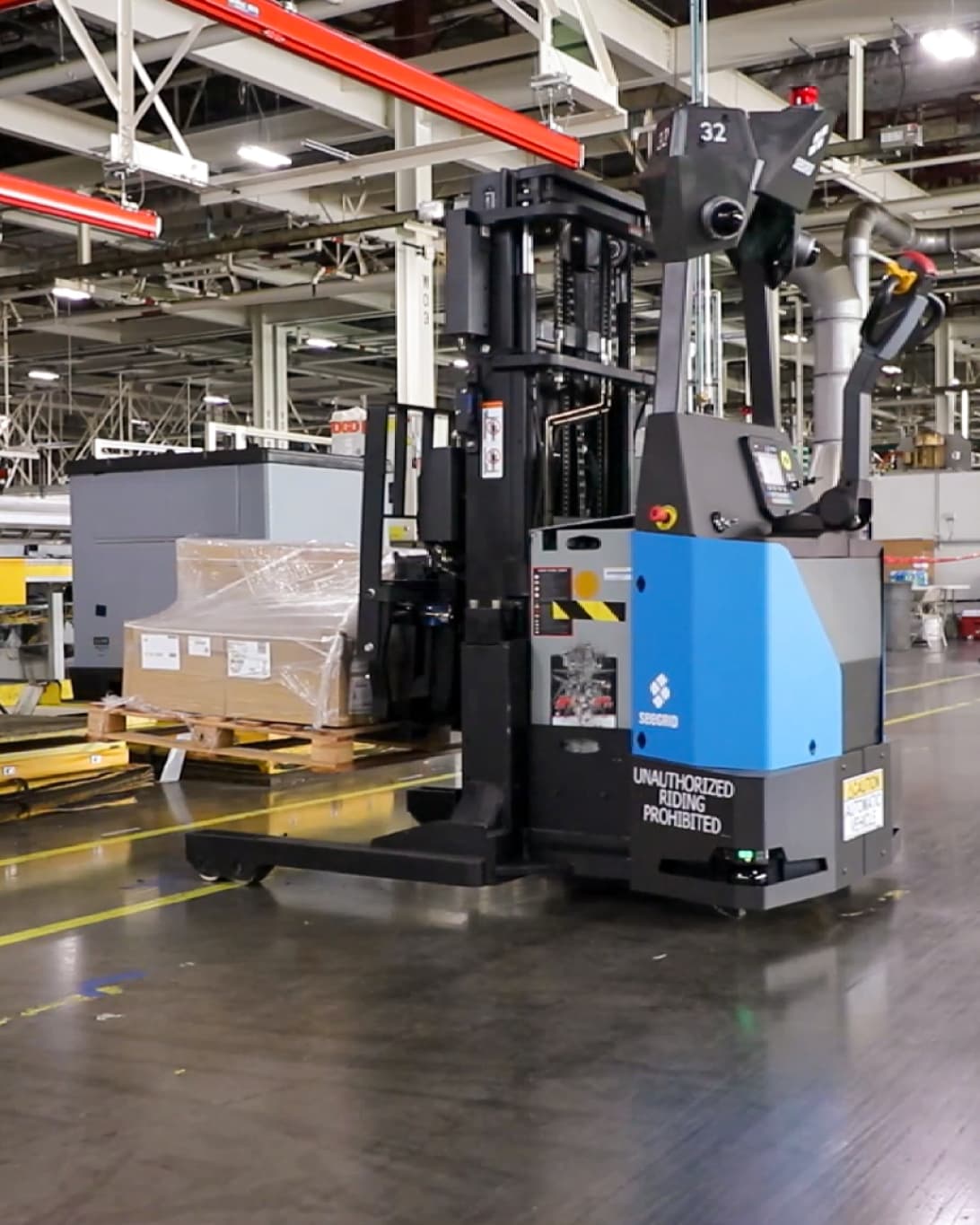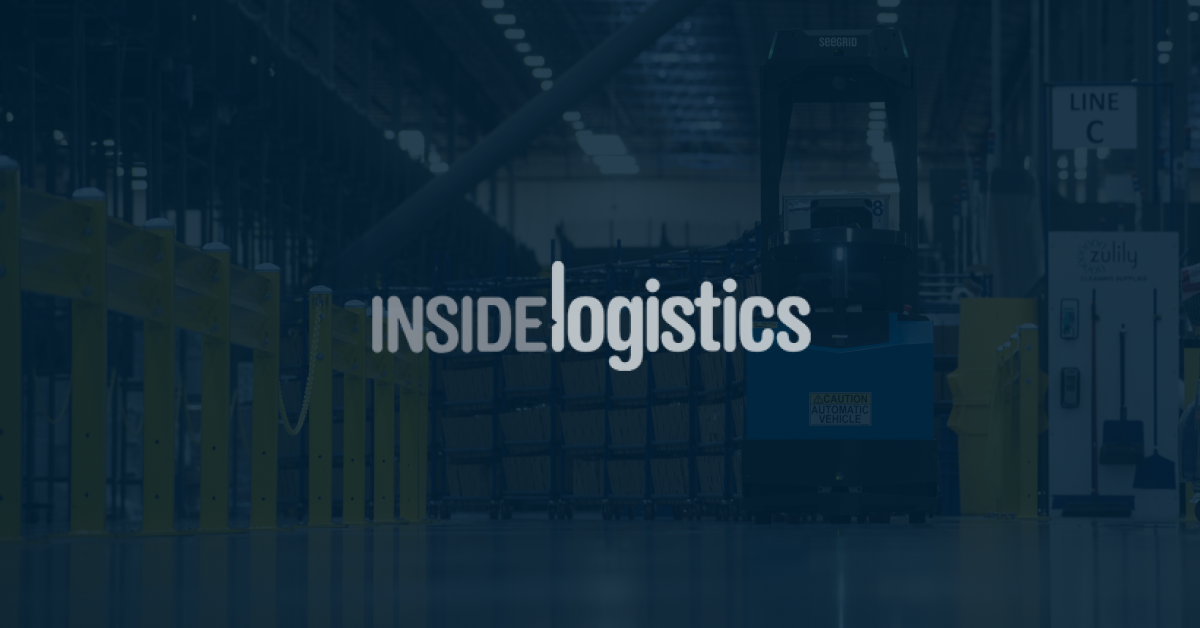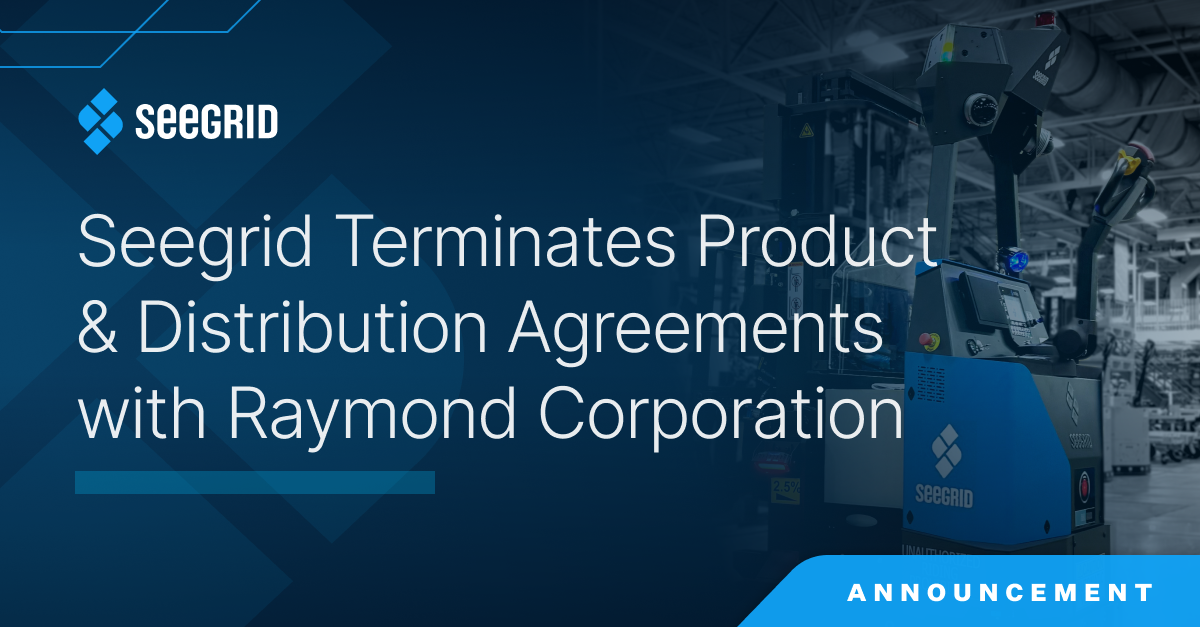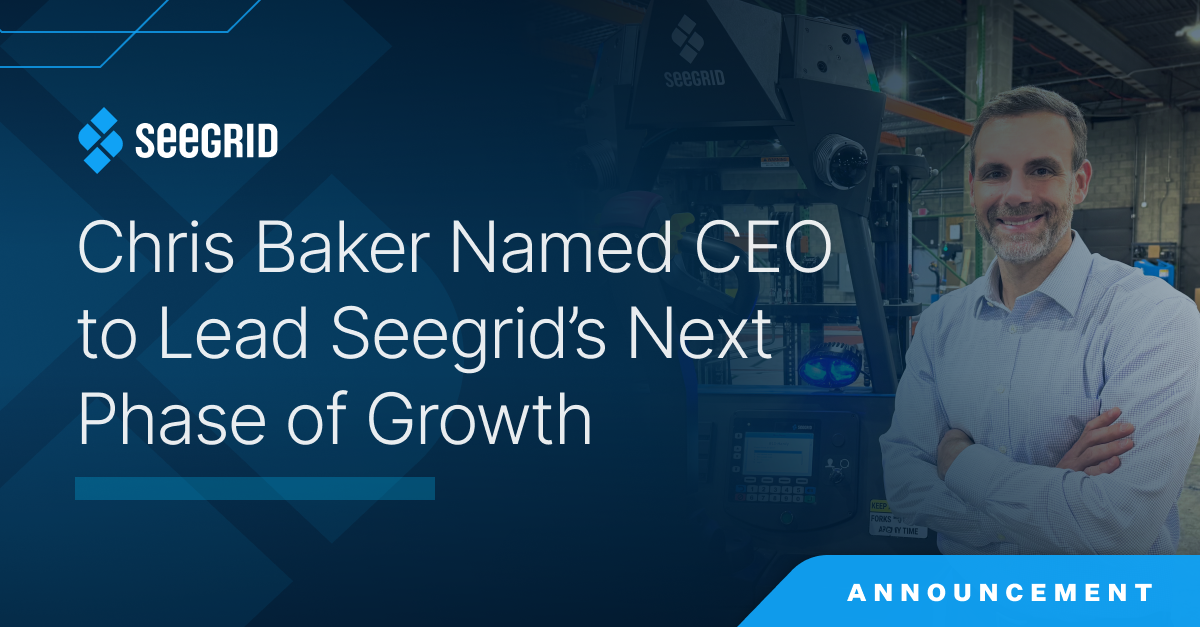As supply chain operators contemplate their post-pandemic future, many are seeing uncertainty as the new normal. This is changing how they view automation.
One of the most sobering realities about the COVID-19 pandemic is that according to scientists, it will not be the last. In the World Health Organization’s (WHO’s) final media briefing of 2020, Dr. Michael Ryan, head of WHO’s Emergencies Programme, warned that “we need to get ready for something that may even be more severe in the future.”
At the beginning of 2020, supply chain operators were already struggling to adapt to labour shortages, the growth of e-commerce, and the trend to mass customization. While the pandemic added to their concerns, its full impact wasn’t initially clear.
"I would say that in the first few months of the pandemic, there was a little bit of deer in the headlights, where people weren’t sure exactly how long this was going to last,” says Jeff Christensen, vice-president of product for Pittsburgh-based Seegrid. “And then, as it was clear that it was going to extend out, people started to understand that ‘we need to deal with this.’”
Seegrid and other technology vendors expect demand to pick up in 2021. “People are, I think, accelerating some plans that maybe they were thinking about automating two or three years out,” says Christensen. “Now, it’s ‘let’s pull them forward, and do them sooner instead of later.’”







